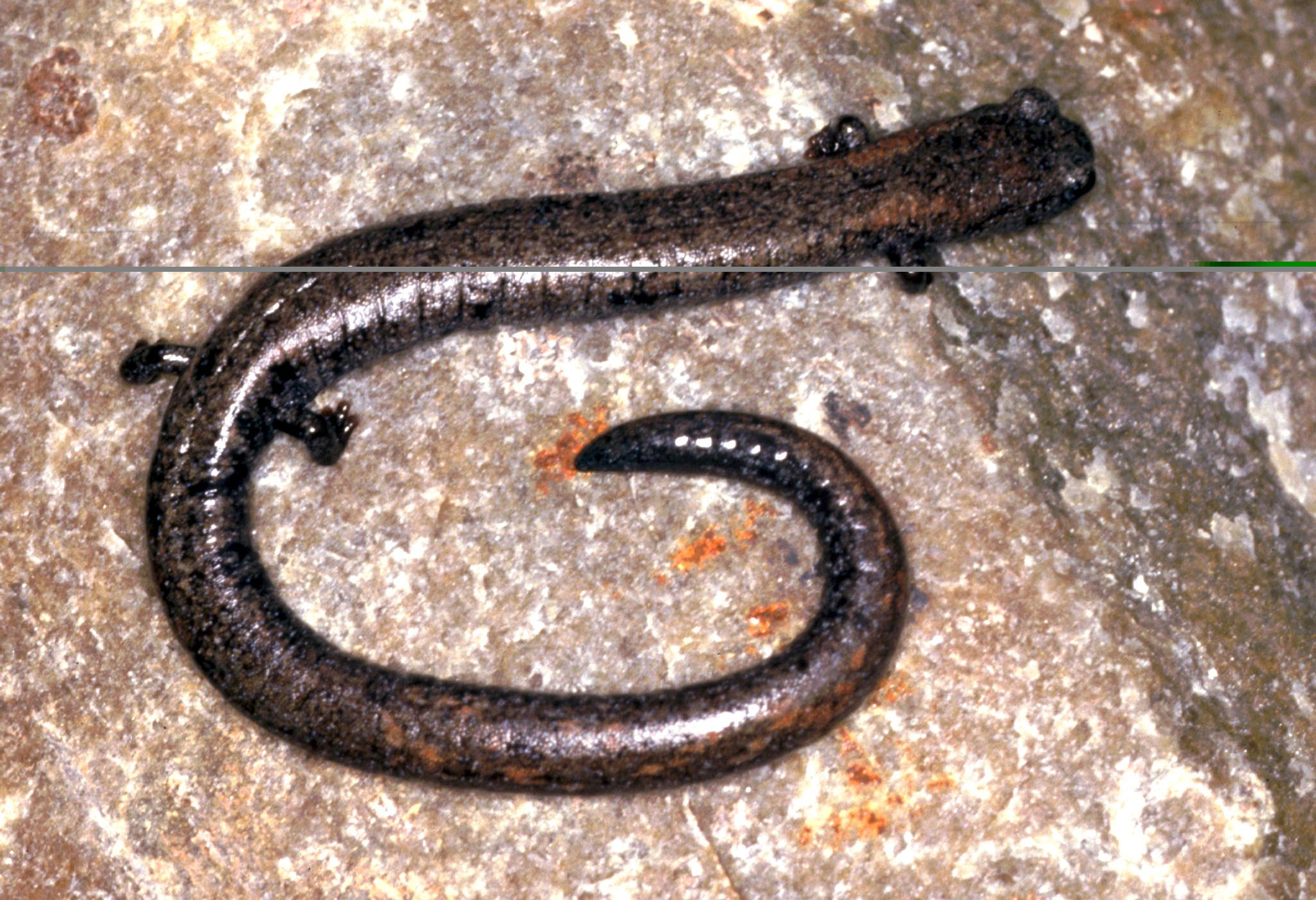Changes in capture rates and body size among vertebrate species occupying an insular urban habitat reserve
https://conbio.onlinelibrary.wiley.com/doi/full/10.1111/csp2.245
Abstract/Summary
Long-term ecological monitoring provides valuable and objective scientific information to inform management and decision making. In this paper we analyze 22 years of herpetofauna monitoring data from the Point Loma Ecological Conservation Area (PLECA), an insular urban reserve near San Diego, California. Our analysis showed that counts of individuals for one of the four most common terrestrial vertebrates declined, whereas counts for other common species increased or remained stable. Two species exhibited declines in adult body length, whereas biomass pooled over the five most common species increased over time and was associated with higher wet season precipitation. Although the habitat and vegetation at PLECA have remained protected and intact, we suspect that changes in arthropod communities may be driving changes in the abundance, growth, and development of insectivorous lizards. This study underscores the value of long-term monitoring for establishing quantitative baselines to assess biological changes that would otherwise go undetected.
Publication details
| Published Date: | 2020-06-29 |
| Outlet/Publisher: | Conservation Science and Practice 2020;e245. |
| Media Format: |
ARMI Organizational Units:
Southwest, Southern California - BiologyTopics:
DroughtMonitoring and Population Ecology
Species and their Ecology
Place Names:
CaliforniaSan Diego County, CA
Keywords:
biodiversityconservation
gene flow
mark-recapture
monitoring
reptiles

